
Abraham "Bram" Stoker was an Irish author who is best known for writing the 1897 Gothic horror novel Dracula. During his lifetime, he was better known as the personal assistant of actor Sir Henry Irving and business manager of the West End's Lyceum Theatre, which Irving owned.

Year 1487 (MCDLXXXVII) was a common year starting on Monday of the Julian calendar.

"Molly Malone" is a song set in Dublin, Ireland, which has become its unofficial anthem.

Dublin 4, also rendered as D4 and D04, is a historic postal district of Dublin, Ireland including Baggot Street Upper, the southernmost fringes of the Dublin Docklands, and the suburbs of Ballsbridge, Donnybrook, Irishtown, Merrion, Ringsend and Sandymount, on the Southside of Dublin. Most of the area was known as Pembroke Township until 1930 when it was absorbed by the City and County Borough of Dublin.
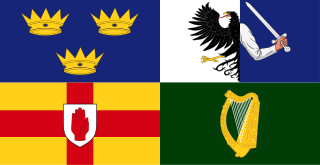
The history of Irish theatre begins in the Middle Ages and was for a long time confined to the courts of the Gaelic and "Old English" – descendants of 12th-century Norman invaders – inhabitants of Ireland. The first theatre building in Ireland was the Werburgh Street Theatre, founded in 1637, followed by the Smock Alley Theatre in 1662.
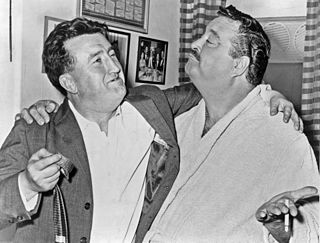
Brendan Francis Aidan Behan was an Irish poet, short story writer, novelist, playwright, and Irish Republican, an activist who wrote in both English and Irish. His widely acknowledged alcohol dependence, despite attempts to treat it, impacted his creative capacities and contributed to health and social problems which curtailed his artistic output and finally his life. In 2023 reports emerged of his allegedly sexually violent behaviour against a young New York publicist, Letty Cottin Pogrebin in the early 1960s.

The National Wax Museum Plus is a waxworks in Dublin, Ireland. First opened in 1983 as the National Wax Museum, it was later relocated and renamed.
Events from the year 1958 in Ireland.

Dublin 1, also rendered as D1 and D01, is a historic postal district on the northside of Dublin, Ireland.
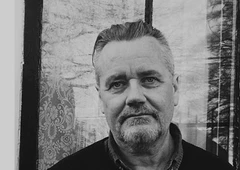
Gerard Beirne is an Irish author and literary editor. He is a fiction editor for The Fiddlehead and curates the online magazine The Irish Literary Times.
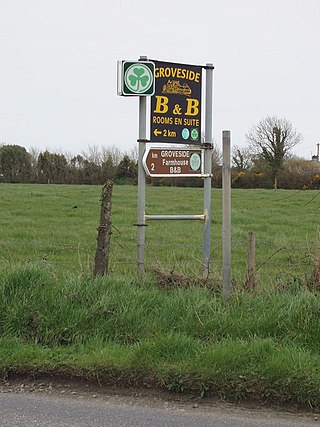
Fáilte Ireland is the operating name of the National Tourism Development Authority of the Republic of Ireland. This authority was established under the National Tourism Development Authority Act of 2003 to replace and build upon the functions of Bord Fáilte, its predecessor organisation. The organisation was established to support the development and promotion of tourism within the Republic of Ireland, and it undertakes tourism marketing, training and research activities.
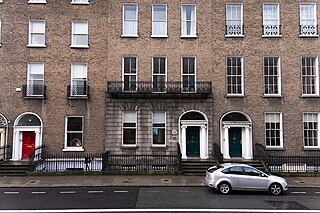
Leeson Street is a thoroughfare near central Dublin, Ireland.
The Zoological Society of Ireland (ZSI) is the body responsible for running Dublin Zoo, where it is based, and Fota Wildlife Park in County Cork. It is the successor to the Royal Zoological Society of Ireland (RZSI), a learned society for the study of zoology.

Nelson's Pillar was a large granite column capped by a statue of Horatio Nelson, built in the centre of what was then Sackville Street in Dublin, Ireland. Completed in 1809 when Ireland was part of the United Kingdom, it survived until March 1966, when it was severely damaged by explosives planted by Irish republicans. Its remnants were later destroyed by the Irish Army.
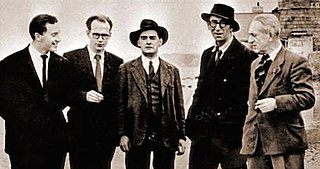
John Ryan (1925–1992) was an Irish artist, broadcaster, publisher, critic, editor, and publican.
Belinda McKeon is an Irish writer. She is the author of two novels, Solace, which won the 2011 Geoffrey Faber Memorial Prize, and Tender (2015).

The Museum of Literature Ireland, branded MoLI in an homage to Molly Bloom, is a literary museum in Dublin, Ireland. It opened in September 2019. The museum is a partnership between the National Library of Ireland and University College Dublin (UCD). It is located in UCD's Newman House in St Stephen's Green. It holds a permanent collection of James Joyce–related material, including his "Copy No. 1" of Ulysses, and revolving exhibitions on other Irish literary figures. With a range of audio and immersive displays, it has been nominated for and won a number of awards for design and architecture.
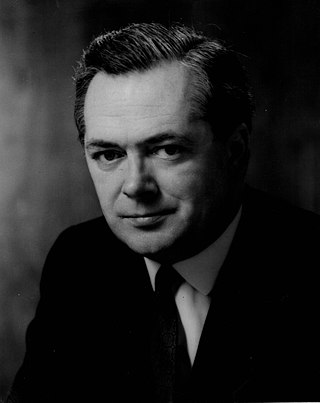
Seán J. White was an Irish writer, academic, broadcaster and journalist.
Micheal Farrell was an Irish painter and printmaker. He was a member of Aosdána, an elite Irish association of artists.




















